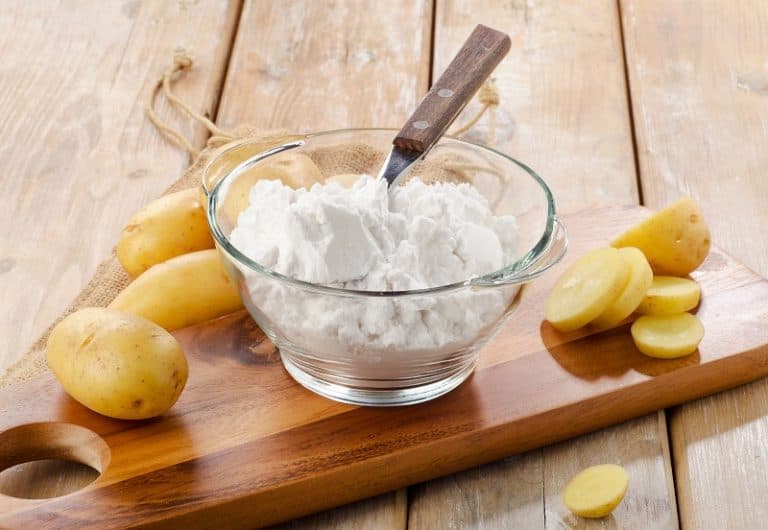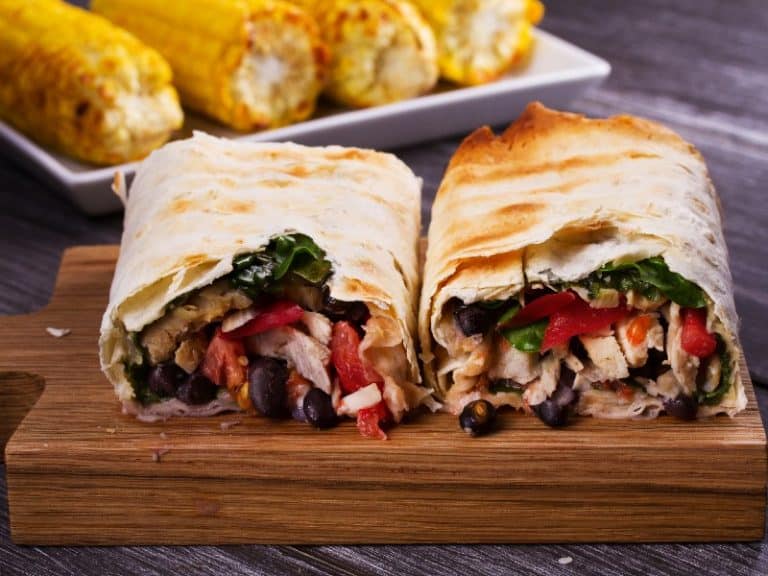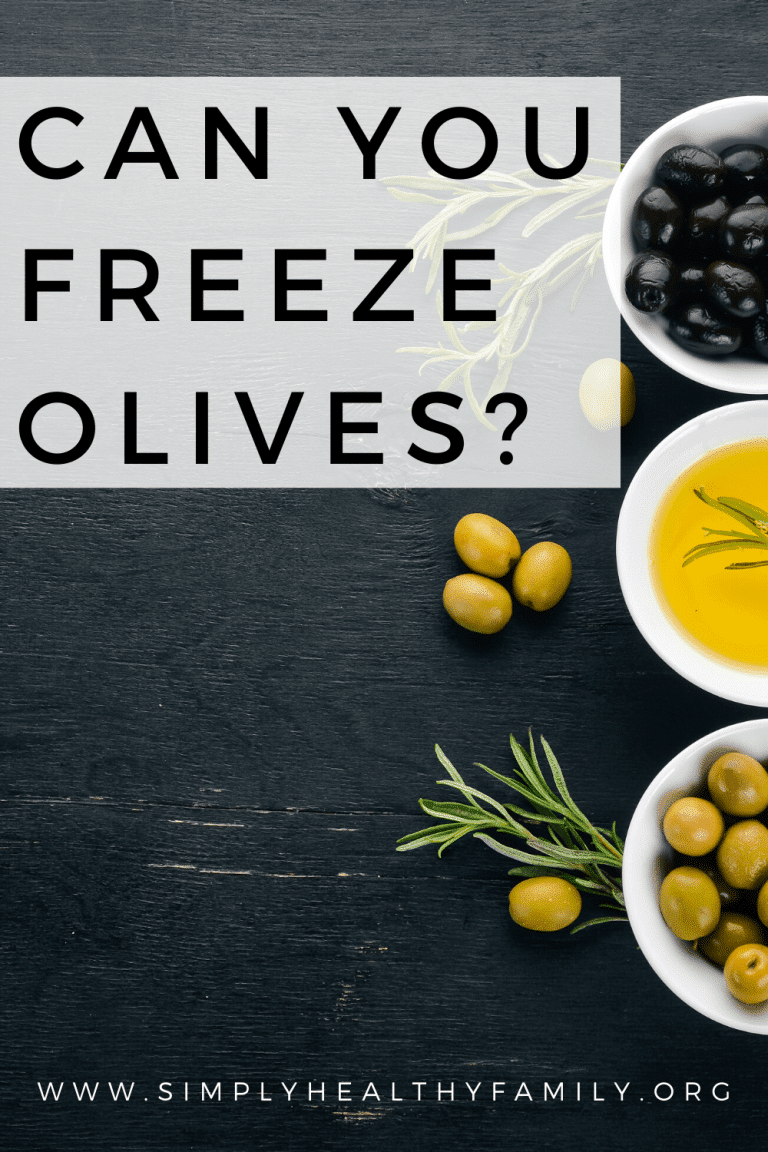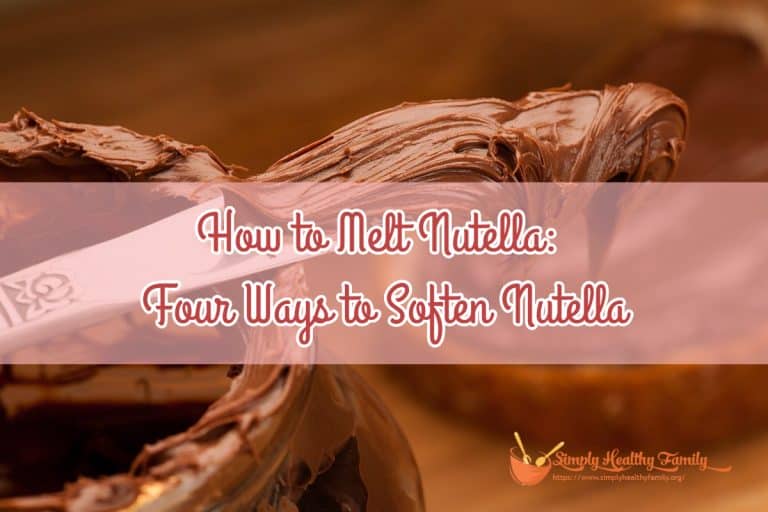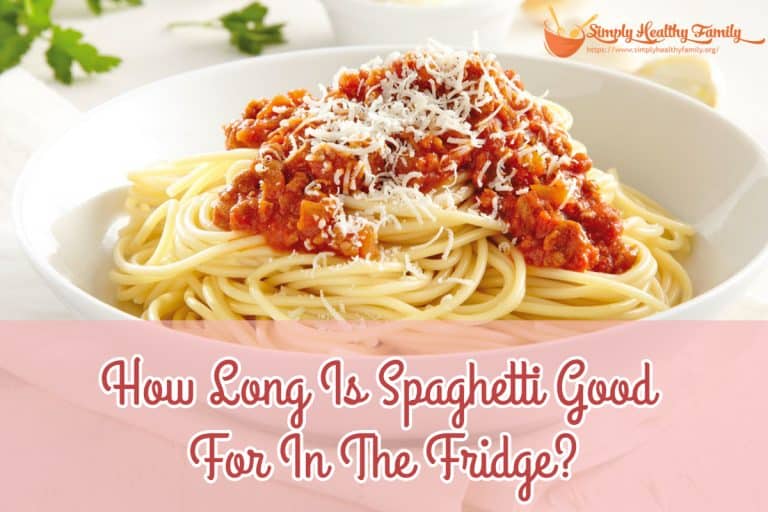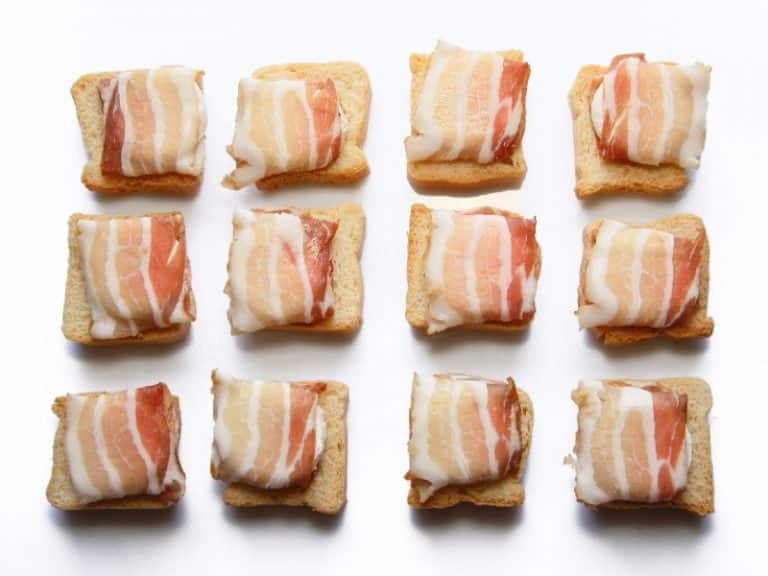What Is Red Velvet and What Flavor Is it?
Red velvet tastes like a sweet, rich mixture of vanilla and chocolate or a mild cocoa, with an acidic edge thanks to the buttermilk.
The texture of red velvet is usually smooth, dense, and moist, but it can also be light, silky, and softer depending on the recipe. A tell-tale feature of red velvet is usually the velvety crumbs.
The red velvet texture is enhanced with the creaminess and smoothness of the tart, tangy cream cheese frosting that brings sweet and acidic flavors together.
What Is Red Velvet Cake?

Red velvet cake is regarded as the “I can’t quite put my finger on the cake’s flavor”-cake because describing the flavor of red velvet isn’t easy. One thing’s for certain, and that’s the color of a red velvet cake, which is telltale to anyone regarding what kind of cake it is.
A red velvet cake is a crimson, red, scarlet, or reddish-brown, light chocolate-flavored sponge cake. The cake is layered with cream cheese frosting or an ermine icing (also known as flour buttercream, roux frosting, cooked flour frosting, or boiled milk frosting).
These days, red velvet cake gets its distinct red coloring from red food coloring or natural dyes like beet juice, beet powder (made by grounding dehydrated beetroots), cranberry powder, or pomegranate powder.
.
History of Red Velvet Flavoring

There are several origin stories of just where red velvet flavoring comes from. All of these combine to explain its characteristic crimson color, the beginning of red velvet cakes, and why the color of red velvet cakes is different today.
Origin Contribution 1: “Red” Sugar
Some historians believe that brown sugar, which used to be called red sugar, is a huge contributing factor to how red velvet cakes came to be. The reddish-brown sugar gave chocolate cakes a reddish tint.
Origin Contribution 2: The Victorian Era and Cocoa’s Reaction
Another contribution starts in the Victorian era. In the 19th century, bakers used vinegar to soften cakes (since cake flour wasn’t developed yet).
The chocolate-flavored cakes took on a reddish-purple or mahogany color when vinegar activated the anthocyanin, a reddish-purple pigment found in unprocessed or non-Dutched cocoa.
Origin Contribution 3: A Variation of Red Devil’s Food
Red velvet cake recipes as we know them today are probably a variation of the red devil’s food cake. Red velvet today gets its color from red food dyes or beetroot extract with a little cocoa powder, like red devil’s food cake does (except red devil’s uses much more cocoa because it’s a red chocolate cake).
Origin Contribution 4: Waldorf-Astoria Hotel or Lady Eaton?
In 1930, red velvet cake jumped in popularity when the famous Waldorf-Astoria hotel in New York City claimed to have invented this special cake that was served there. Also around this time, a Canadian department store, called Eaton’s, started selling their version of red velvet cake, and claimed Lady Eaton was the creator.
But How Did Red Velvet Cake Get Its Final Crimson Color?
One of the key ingredients in red velvet flavoring today is buttermilk, which is definitely a Southern thing, and makes velvet cake a coloquial Southern dessert. Southern bakers exchanged vinegar for buttermilk in the red velvet cake recipe because both ingredients contribute the acidic component that’s important to this recipe’s unique taste, and buttermilk is an iconic Southern ingredient.
The non-Dutch-processed cocoa in original recipes has also been substituted today with a process invented in the early 20th century that neutralizes cocoa powder’s acidity. Today’s cakes don’t miss out on the reduction in acid since buttermilk is still used, but the acid’s reaction with Dutch-processed cocoa powder no longer results in red.
To make up for the loss of color, bakers first used beet juice and red food dyes to turn their red velvet cakes a burgundy color, which led to the pioneering of safe food dyes, now known as the 1938 Food, Drug, and Cosmetic Act. The taste of beets also gave a unique flavor to the cake.
Today’s red velvet cake recipes are made with safe red food dye, thanks to a food dye company called Adams Extract Company, that needed to market its revamped food coloring products. To market its bright red food coloring, chief marketing officer John A. Adams used red velvet cakes based on his wife’s recipe in his advertisements.
This is how red velvet cakes with their bright red coloring became so popular, today using red food dye, buttermilk, and Dutched cocoa powder to create the red velvet taste and color people know.
No matter who claimed to have invented the red velvet cake and how it found its red color, every part of the red velvet cake story is essential, and it is a cake that’s here to stay.
Red Velvet vs. Chocolate
Many people think that the red velvet flavor tastes chocolatey because red velvet cake recipes call for a small amount of cocoa powder. However, chocolate has a richer, more intense chocolate flavor than cocoa, and the small amount of cocoa used in red velvet cake is nearly unnoticeable.
Red velvet cake has only a hint of chocolate flavor, hardly comparable to the power of chocolate cake. Red velvet cake also tastes different from chocolate cake because of the vinegar or buttermilk that adds acidity to the cake mix.
Plus, the cream cheese frosting gives red velvet cake a tangy flavor, compared to the overly sweet flavor that chocolate frosting gives chocolate cake. Red velvet cake can be made with ermine icing or buttercream frosting to give the dessert a sweeter taste similar to chocolate cake.
Delicious Red Velvet Cake Recipe
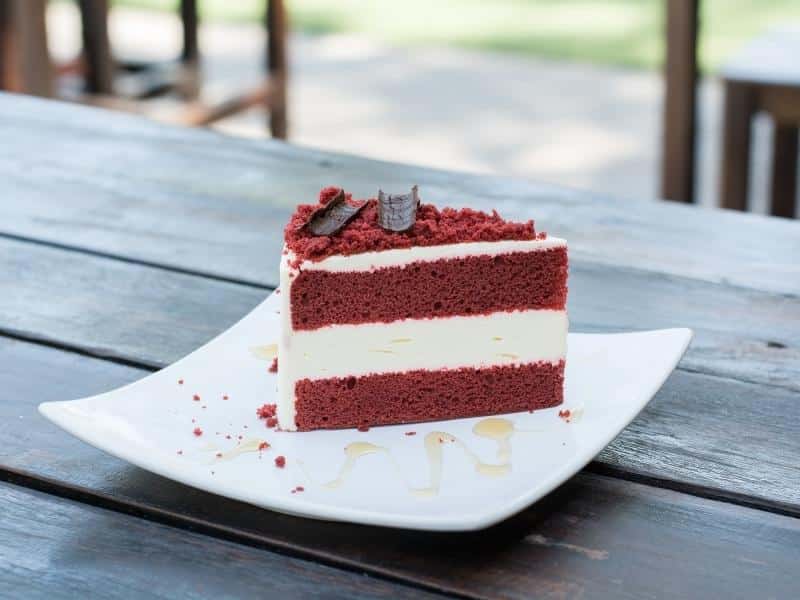
A delicious red velvet cake should have the iconic red color, red velvet taste, and silky-smooth, moist, velvety crumb that the cake is known and loved for. Here’s a delicious red velvet cake recipe for you to try:
Red Velvet Cake Ingredients
For the red velvet cake batter:
- 3 cups cake flour
- 2 cups granulated sugar (white, regular sugar)
- 1 cup vegetable oil, like canola oil
- 1 cup buttermilk, at room temperature
- ½ cup butter, unsalted, at room temperature
- 4 large eggs, at room temperature
- 2 tablespoons cocoa powder, unsweetened
- 1 tablespoon pure vanilla extract
- 1 teaspoon baking soda
- 1 teaspoon white vinegar, distilled
- ½ teaspoon kosher salt
- 1–2 teaspoons (or as desired) red food coloring, liquid or gel
For the cream cheese frosting:
- 16 ounces full-fat cream cheese, at room temperature
- ¾ cup butter, unsalted, at room temperature
- 5.5 cups confectioner’s sugar (icing sugar or powdered sugar)
- 1.5 teaspoons pure vanilla extract
- Pinch of salt
Red Velvet Cake Equipment and Tools
- Oven
- 2 x 9-inch cake pans
- Parchment or baking paper
- Handheld mixer or stand mixer fitted with the paddle attachment
- Bowls
- Rubber spatula
- Icing spatula or bench scraper
- Cooling racks
Red Velvet Cake Instructions

Cake Batter:
- Preheat the oven to 350°F
- Line both cake pans with the parchment paper, and then grease the parchment paper and sides of the pans with butter
- In a large bowl, add the cake flour, cocoa powder, baking soda, and salt. Lightly whisk these dry ingredients together
- Add the granulated sugar and butter in another bowl or use the stand mixer bowl. Beat these ingredients for one minute on medium-high until the sugar is well mixed with the butter
- Using a rubber spatula, scrape the mix from the sides of the bowl to the bottom
- Separate eggs yolks from their whites and set both aside separately
- Add vanilla extract, vinegar, vegetable oil, and egg yolks to the butter-sugar mix, and encorporate for two minutes on the high setting. Again, scrape the mixture from the sides of the bowl to the bottom as needed
- Place the mixer on low and gently add two to three spoonfuls of the dry ingredients, and then add a splash of buttermilk. Continue adding spoonfuls of the dry ingredients while you alternate adding the buttermilk
- While the mixer is still on low speed, add red gel or liquid food coloring. Continue mixing all the ingredients until the cake batter is smooth
- In a separate bowl, beat or whisk the egg whites on high until they form fluffy peaks
- Gently fold the beaten egg whites into the cake batter to make the batter more airy. Once the egg whites are completely folded into the batter, the red velvet cake batter should be slightly thick, smooth, and silky
- Divide the cake batter between the two cake pans
- Bake the cakes for 30 minutes or until the center of the cakes are fully set (when you insert a toothpick and it comes out clean). Remove the two cake pans from the oven and place them on a cooling rack to cool completely while you make the frosting
Frosting:

- Add the butter and cream cheese to a bowl and beat or whisk for two minutes on a medium-high speed
- Add the salt, vanilla extract, and confectioner’s sugar, and beat for three minutes on a high speed setting until the mixture is well-combined and creamy. The frosting should be soft and have a medium consistency, where the frosting isn’t runny, nor stiff
Cake Assembly:
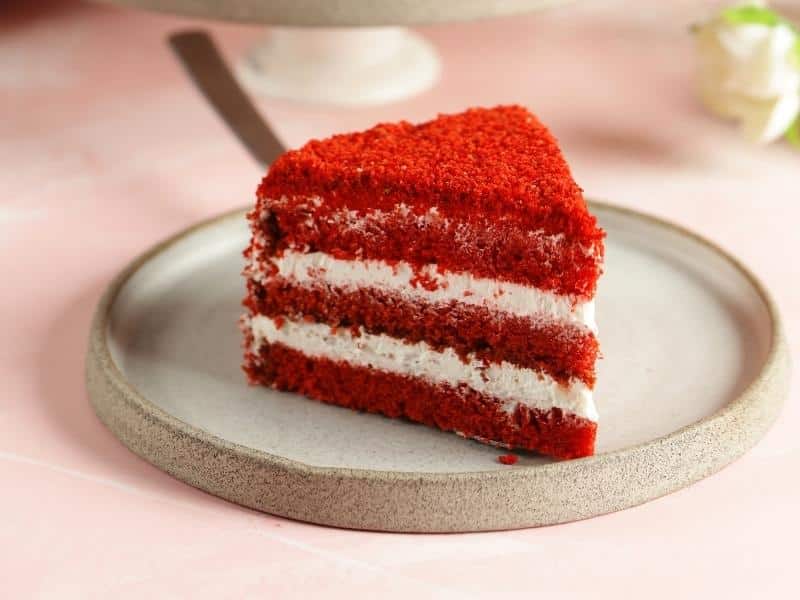
- Slice a thin layer off the top of each of the two cake layers so that you have a flat surface
- Place one of the cake layers (cut-face up) on a serving plate or cake stand and cover the top with the cream cheese frosting using the icing spatula
- Place the other cake layer (cut-face up) on top of the frosted cake layer
- Spread frosting over the top of the cake and down the sides so the cake is fully covered with the cream cheese frosting
- Place the assembled cake in the fridge for 30–60 minutes before you slice the cake. This helps the cake hold its shape
Store the cake in the fridge for five days or in the freezer for two to three months.
Alternatives to This Red Velvet Cake Recipe
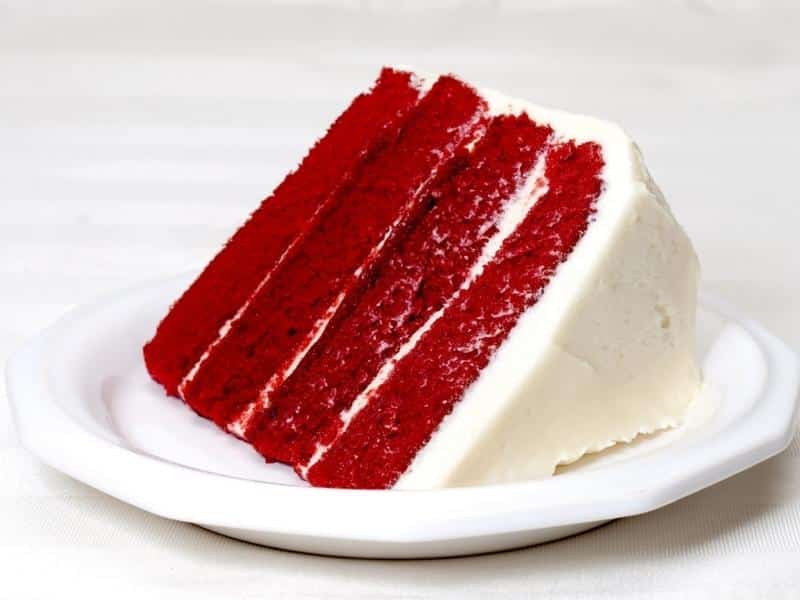
Instead of red food coloring, you can use beet powder as a natural alternative to color the red velvet cake red. Mix 1–2 teaspoons of beet powder with 2 teaspoons of water before adding it to the cake batter. You can add more beet powder depending on how red you want your red velvet cake batter.
Another natural red coloring option is beet juice. Add 2–2.5 ounces of pureed beet juice to the cake batter instead of food coloring.
For a no-dye red velvet cake, use non-Dutch processed cocoa powder for the anthocyanins to react with the buttermilk and/or vinegar. Your red velvet cake won’t be so distinctly red, but the cake will be a reddish-brown with cocoa as the star ingredient.
Or opt for an eggless cake, where you substitute the eggs with baking soda and sour cream.
Alternatives to cream cheese frosting are ermine icing (though this is quite time-consuming to make), buttercream frosting, or a creamy vanilla icing.

